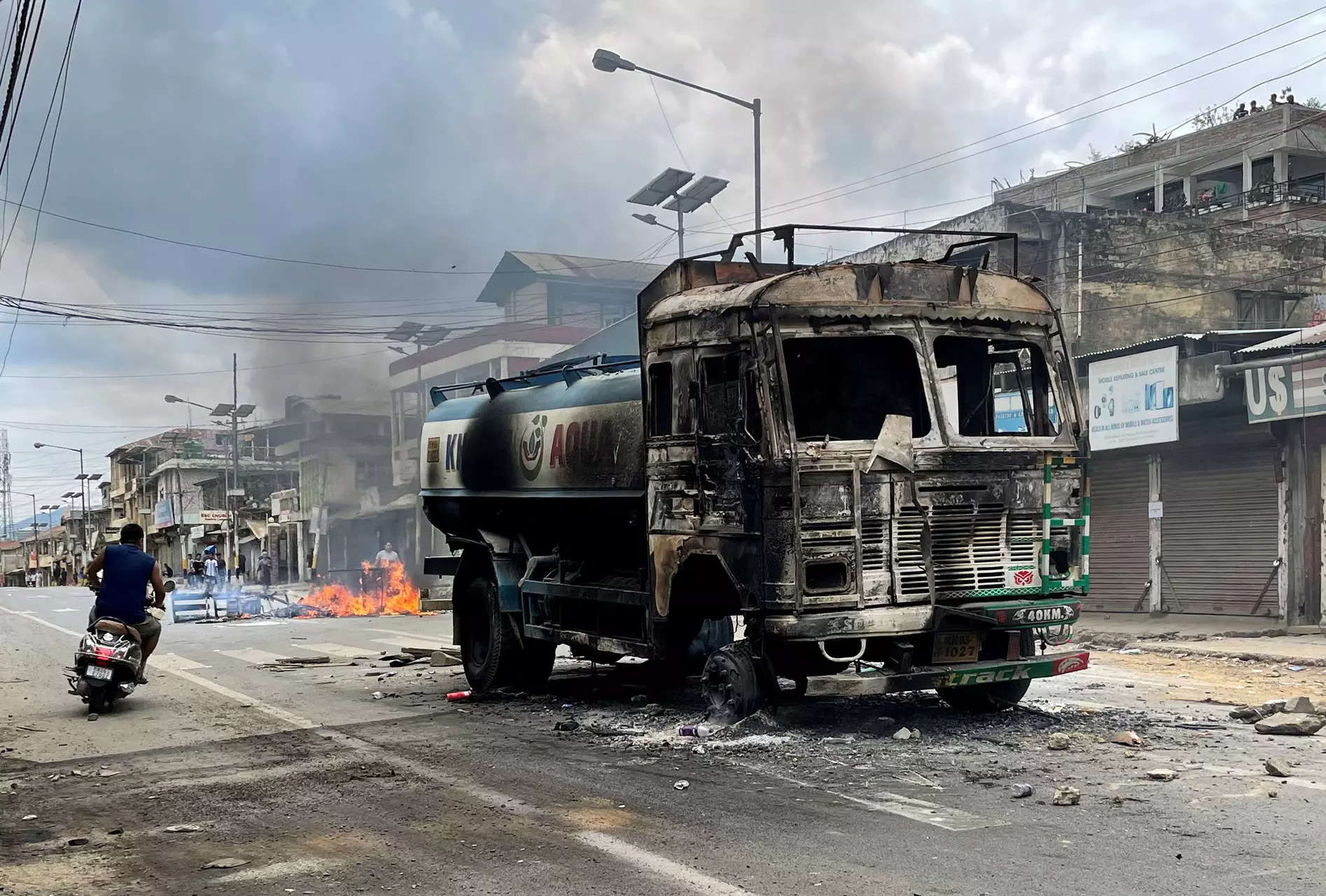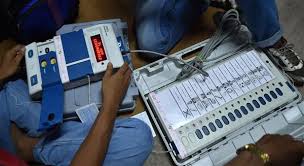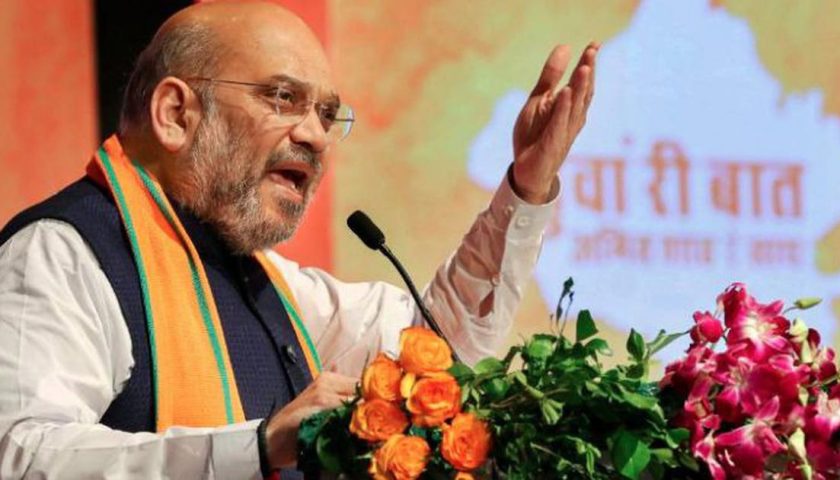Ethnic clashes have overrun Manipur since early May, leading to widespread deaths, injuries and displacement. The state’s fault lines were exposed in the first week of May after a rally by a tribal Kuki group to protest against a move to consider the inclusion of the dominant and politically stronger Meitei community to the Scheduled Tribes (ST) list sparked a wave of violence between the two communities.
While the state is no stranger to violent protests, the latest showdown between the Kukis and the Meiteis is perhaps the first time in several decades that Manipur has witnessed direct clashes between the two ethnic groups. There have been incidents in the past involving clashes between the Meiteis and the Pangals (Muslims), and the Naga-Kuki conflict in the 1990s, but a direct fight between the Meiteis and the Kukis has left the lines of division sharper than ever with both communities expressing anger and mistrust against each other. While Kukis have been expelled from the Imphal Valley, no Meiteis can be seen in Churachandpur or other Kuki-dominated hill districts, even as more than 40,000 people displaced on both sides of the divide are forced to live in relief camps.
The Meiteis’ demand for ST status and the protest against it by the Kukis might have set off the violence that the state continues to face, the divide between the two groups is emblematic of the burgeoning ethnic tensions between the two over many issues, which can trace their origin to history and a sense of identity.
History of violence
There are 16 districts in Manipur, but the state is commonly perceived as divided into “valley” and “hills” districts. While the Meitei community dominates the valley, the hills of Manipur are home to two major tribal groups – the Nagas and Kuki-Zomi tribes. The Kuki-Zomi tribe comes under the larger “Zo” ethnic umbrella, which has a presence in India, Myanmar and Chittagong hill tracks of Bangladesh. Churachandpur – the epicentre of the recent violent clashes – is called the heartland of the Kukis, who also have a significant presence in the Kangpokpi and Tengnoupal districts.
The Naga movement is perhaps the country’s longest-running insurgency. The community has been demanding sovereignty even before India’s Independence, claiming that they were not part of British India. Similarly, several underground Kuki groups also have fought the Indian government for an “independent Kuki homeland”.
Land that the Kukis claim to be their homeland in the Manipur hills overlaps with the imagined Naga homeland of Greater Nagaland or Nagalim, and it became one of the chief reasons of an acrimonious relationship between the two tribes since colonial times. The rise of the Naga movement for secession in 1950s gradually saw the emergence of insurgent groups in the Kuki-Zomi community. Things came to a head in 1993 when the Naga-Kuki clashes took place and Naga militants, allegedly belonging to the National Socialist Council of Nagaland (Isak Muivah), massacred around 115 Kuki civilians in the hills of Manipur.
The clashes led to the Kuki-Zomi tribes setting up their own armed groups to fight the Nagas. Besides, the Kuki demand for a homeland drove a wedge between the Meiteis and the Kukis. Over a period of time, the ethnic divide widened further with the Kukis accusing the Meiteis of grabbing an unfair share of the state’s finances and development while the Meiteis question the government for giving the Kukis reservation in jobs and protecting their land. Poppy cultivation by Kuki groups, encroachment of forest land and settlement of illegal immigrants from Myanmar on the hills, too, have surfaced as contentious issues of late.
Comprising at least 53% of Manipur’s population, the majority Meitei community is considered relatively affluent while the Nagas and Kukis, who constitute about 44% of the population, mainly live off agriculture on the hills and are economically deprived. While the Meiteis are mostly Hindu, the Nagas and Kuki-Zomis are mainly Christian. Manipur has a nearly equal population of Hindus and Christians, at a little over 41% each, according to the 2011 census.
Apart from being the majority community, Meiteis also have more representation in the state assembly. That’s because 40 of the 60 Assembly seats in the state are from the Imphal valley region – the area that is mostly inhabited by the Meiteis. The fertile valley makes up about a tenth of the total land mass of the state while the hills account for 90%.
2008 Suspension of Operations (SoO) pact
There are more than 30 Kuki insurgent groups in Manipur, of which 25 are under the tripartite Suspension of Operations (SoO) agreement. The tripartite agreement was endorsed between the Centre, the state and the armed insurgent groups. Most of these groups operate under two conglomerates — United People’s Front (UPF) and Kuki National Organization (KNO).
The pact was signed on August 22, 2008, with the objective of ending violence and hostilities from all sides and initiating a political dialogue. According to the agreement, the insurgent groups were obligated to abide by the Constitution of India, the laws of the land, and the territorial integrity of Manipur. The pact states that the armed groups must not commit violence and atrocities, including extortion. The militant cadres were to be confined to designated camps identified by the central government.
Under the agreement, the insurgent groups deposited arms in a safe room while only a few arms were allowed to guard their camps and protect their leaders. As a rehabilitation package, the underground cadres in the designated camps are given a monthly stipend of ₹5,000. Financial aid was also provided to maintain the camps. In turn, the security forces, including state and central forces, were not to launch any operations against the underground groups.
The SoO had a term of one year, extendable on a yearly basis. A Joint Monitoring Group (JMG) with representatives from all the signatories was created under the pact to monitor proper implementation of the SoO agreement.
AB Mathur, a former special secretary of the Research & Analysis Wing (RAW) who was posted in Churachandpur between 1978 and 1983, was appointed as the Centre’s interlocutor. A series of meetings with leaders of Kuki outfits and various civil society bodies under the pact led to the Kukis confining their demand to a ‘Kukiland territorial council’, instead of a separate Kuki state. The territorial council, the Kukis demanded, should have financial and administrative powers independent of the Manipur Assembly and the state government.
Manipur’s 2023 withdrawal from SoO
On March 10, after rallies organised by the KSO (Kuki Students’ Organisation) in the tribal districts of Manipur turned violent, the state cabinet decided to withdraw the Manipur government from SoO with two hill-based tribal insurgent groups — Kuki National Army and the Zoumi Revolutionary Front.
“They were challenging the constitutional provisions… The people there were encroaching reserved forests, protected forests and wildlife sanctuaries for poppy plantation and drug business. That’s the reason why the rally was organised,” chief minister N Biren Singh said after the cabinet’s decision, adding the rallies were organised for unconstitutional purposes which was anithetical to the SoO.
The withdrawal by the state government followed a series of executive actions and notices against alleged encroachers in around three dozen villages in the protected forest area in Churachandpur district. An eviction drive in one of these villages on February 20 led to clashes between the residents and the police, following which rallies in some of the Kuki-dominated districts of the state were organised on March 10. The government sought to clamp down on the protests by imposing Section 144 (prohibition against assembly of more than five people) but the protest marches were still carried out, resulting in violent skirmishes between the Kukis and the police in Kangpokpi.
Rebutting the CM’s statement, Kuki Inpi, the apex tribal body of the Kukis in Manipur, claimed that the rallies were organised to protest against the state government’s endeavours to dilute Article 371C of the Constitution, granting some administrative autonomy to the tribal-dominated hilly areas of Manipur.
In a memorandum to the Manipur governor in March, the Kuki Inpi said that tribes of Manipur were rightful holders of the land in question since colonial times. It added that villagers were settled in these areas since before Independence and much before the laws, including the 1972 Indian Forests Act and the 1972 Wildlife Protection Act, that the state government invoked to carry out evictions came into force.
The recent violence
As of today, 34 subtribes of the Naga and Kuki-Zomi tribes are on the government’s ST list, but the Meiteis are not. However, the Meiteis have long been demanding ST status, arguing that they need to be shielded from the influx of outsiders and for protecting their “ancestral land, traditions, culture and language”. For the Meitei community, there is also resentment that tribal people can buy land in the Imphal valley where they live, but they are not allowed into the hills.
The demand for ST status for the Meiteis and a controversial high court order turned out to be latest triggers of violence. It started in Churachandpur district on May 3 after a solidarity march was conducted by the All Tribal Students Union of Manipur to protest the high court order and the Meitei community’s demand to be included in the ST category.
On March 27, a single-judge bench of the high court directed the state government to consider sending within four weeks a recommendation to the Centre on the demand for the ST status by the Meitei community. The order, released in April, asked the Manipur government to make its stand clear to the Union tribal affairs ministry.
Protests by tribal groups against the high court order in the hilly districts on May 3 led to violence, first in Kuki-dominated Churachandpur, and then in the Imphal valley. The tribal groups argue that the Meitieis are already a dominant community, controlling the political regime as well as resources in the state. Besides, they are also accessing quota benefits under Scheduled Castes (SC) and Other Backward Classe Lessons (OBC) categories, the Kukis contend.
The three violent days between May 3 and 6 that closely followed the contentious high court order and the protest march left 115 dead, over 310 injured, and over 40,000 displaced from their homes.
Earlier this month, the Union government formed a three-member inquiry panel led by former chief justice of Gauhati high court Ajai Lamba, and also a peace committee to restore amity among warring ethnic groups. But the Kuki representatives have refused to associate with the peace committee citing the presence of CM Singh, who has been accused of favouring the Meiteis.
In light of the historical dynamics between the hill and valley communities and the opening of old wounds by new developments, it becomes imperative for the state government to start an honest political dialogue that allays the concerns of the ethnic groups and promises them fairness and equality. At the same time, the Centre must step up its efforts to expeditiously forge peace and facilitate negotiations given the impact that the unrest in Manipur may have on international geopolitics in the highly sensitive region that borders Myanmar and is close to China.






